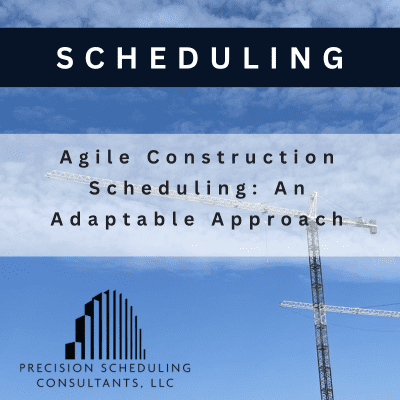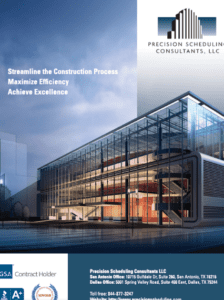How Agile Competes with Traditional Scheduling
Construction projects often face delays, budget overruns, and changing demands. Traditional scheduling methods struggle to adapt. Agile construction scheduling fixes this. Instead of rigid timelines, Agile breaks projects into short phases called sprints. Teams reassess progress weekly and adjust plans quickly.
Moreover, Agile emphasizes collaboration, engaging all stakeholders in the decision-making process. As a result, communication flows more smoothly, leading to more informed choices. Notably, the flexibility inherent in Agile enables teams to respond swiftly to changing client needs or unexpected obstacles. Additionally, by focusing on iterative progress, teams achieve regular milestones, boosting motivation and accountability.
Furthermore, Agile promotes a culture of continuous improvement, encouraging teams to reflect on their processes and outcomes. Consequently, this approach fosters innovation and adaptability, ensuring that projects align closely with client expectations. Ultimately, Agile construction scheduling competes effectively with traditional methods by enhancing responsiveness, collaboration, and overall project success.
Key Benefits of Agile in Construction
1. Flexibility – Adapt to design changes or delays without derailing the entire project.
2. Faster Problem-Solving – Identify issues early and fix them before they escalate.
3. Better Collaboration – Contractors, designers, and owners work together in real time.
4. Higher Efficiency – Reduce wasted time and resources with continuous improvements.
Implementing Agile: 5 Simple Steps
1. Define Short-Term Goals – Break the project into 2-4 week sprints with clear deliverables.
2. Hold Daily Stand-Up Meetings – Keep teams aligned with quick 15-minute check-ins.
3. Use Visual Scheduling Tools – Kanban boards and digital dashboards improve transparency.
4. Review & Adapt Weekly – Assess progress and adjust the next sprint’s priorities.
5. Encourage Team Feedback – Workers on-site often spot the best efficiency improvements.
Agile vs. Critical Path Method (CPM)
CPM relies on fixed timelines. Agile, however, thrives on adaptability. While CPM is the common practice for predictable projects, Agile excels in dynamic environments.
Best Agile Tools for Construction
- Procore (for real-time collaboration)
- Trello or Asana (for task management)
- BIM 360 (for integrated planning)
Agile construction scheduling reduces risks, boosts productivity, and keeps projects on track. Start small, iterate often, and watch efficiency soar.


